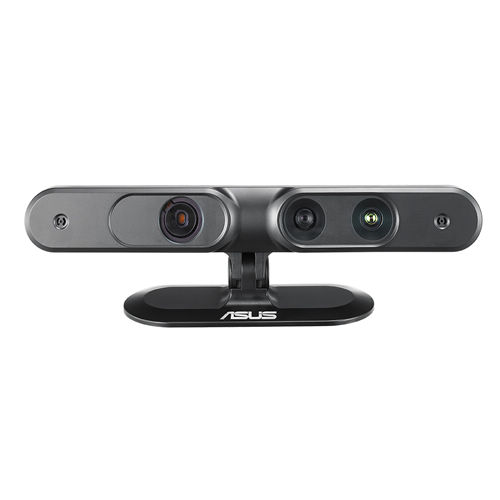With the new Kinect for Windows to be shipped in February, Microsoft introduces the so called near-mode. There is a good write-up about it at the Microsoft blog. It seems as the hardware setup remains quite the same (lenses, base-offset), but the firmware changes. The near-mode can be activated through a software switch in the Kinect SDK.
I guess this all means that the OpenNI driver, which ReconstructMe is currently based on, won’t be able to switch the near-mode on and off in the near future. However, others have reported that under certain lighting conditions the Kinect is already capable of seeing objects as close as 400mm. A short in-house test revealed that valid z-depth values start as close as 405mm using XBox Kinect and OpenNI drivers.
I think that switching from OpenNI to KinectSDK won’t be a great benefit, as it would rule out other OpenNI compatible devices such as the ASUS Xtion PRO LIVE and would additionally bind ReconstructMe to the windows platform. Rather, we are considering to provide dual driver support.
Update 2012/03/22 As of today we use a dual driver model to support OpenNI and Kinect for Windows.
 Yesterday we’ve received a new Asus Xtion PRO Live device and at a first glance it looks really tiny compared to the Microsoft Xbox Kinect. It misses the engine for base tilt and does not need an external power supply. Lenses and hardware setup seems to be equal to Kinect setup, which allows us to use the same default calibration.
Yesterday we’ve received a new Asus Xtion PRO Live device and at a first glance it looks really tiny compared to the Microsoft Xbox Kinect. It misses the engine for base tilt and does not need an external power supply. Lenses and hardware setup seems to be equal to Kinect setup, which allows us to use the same default calibration. 


